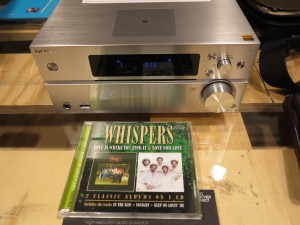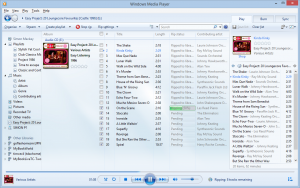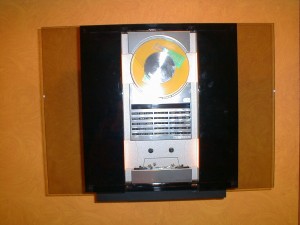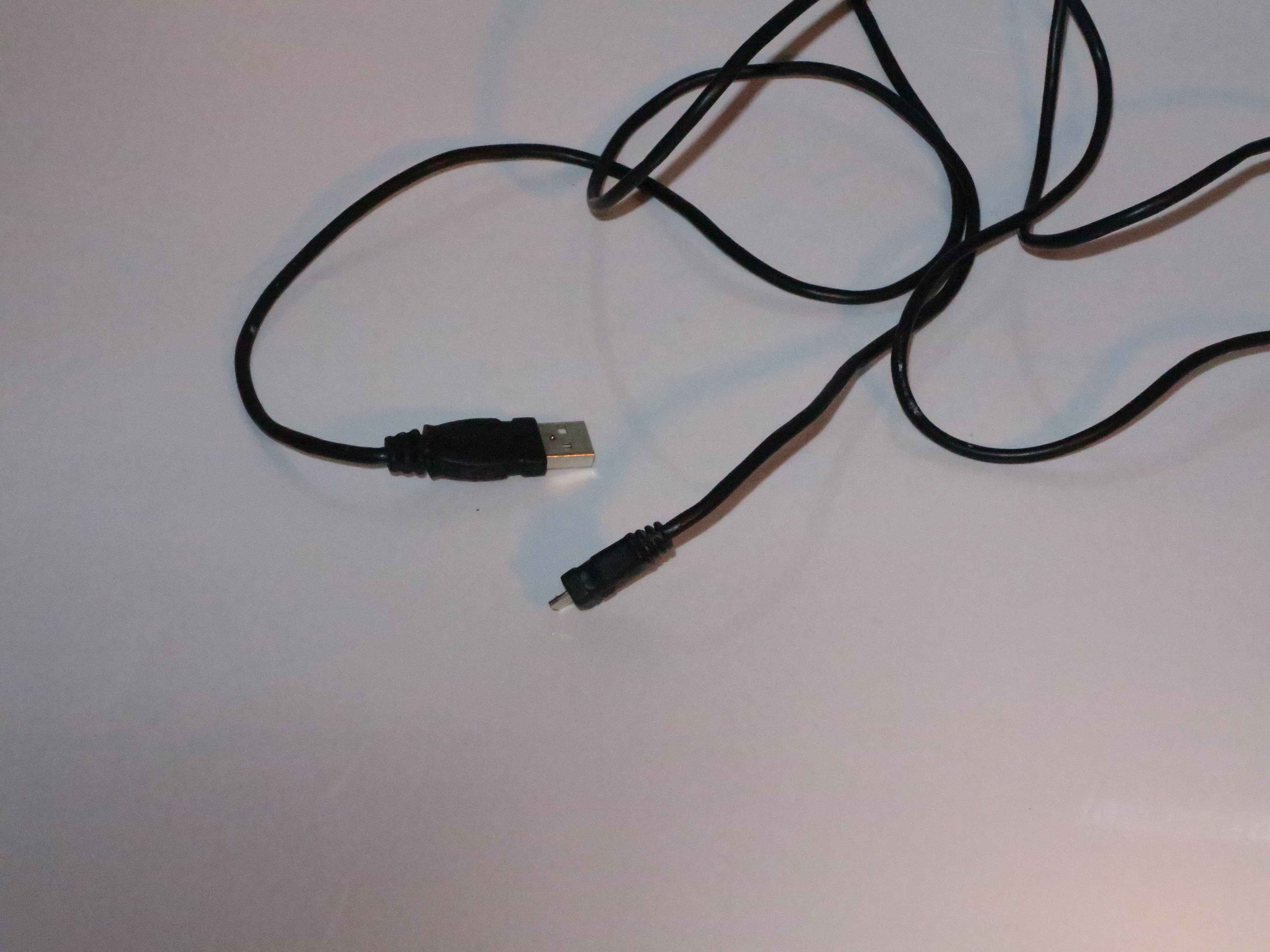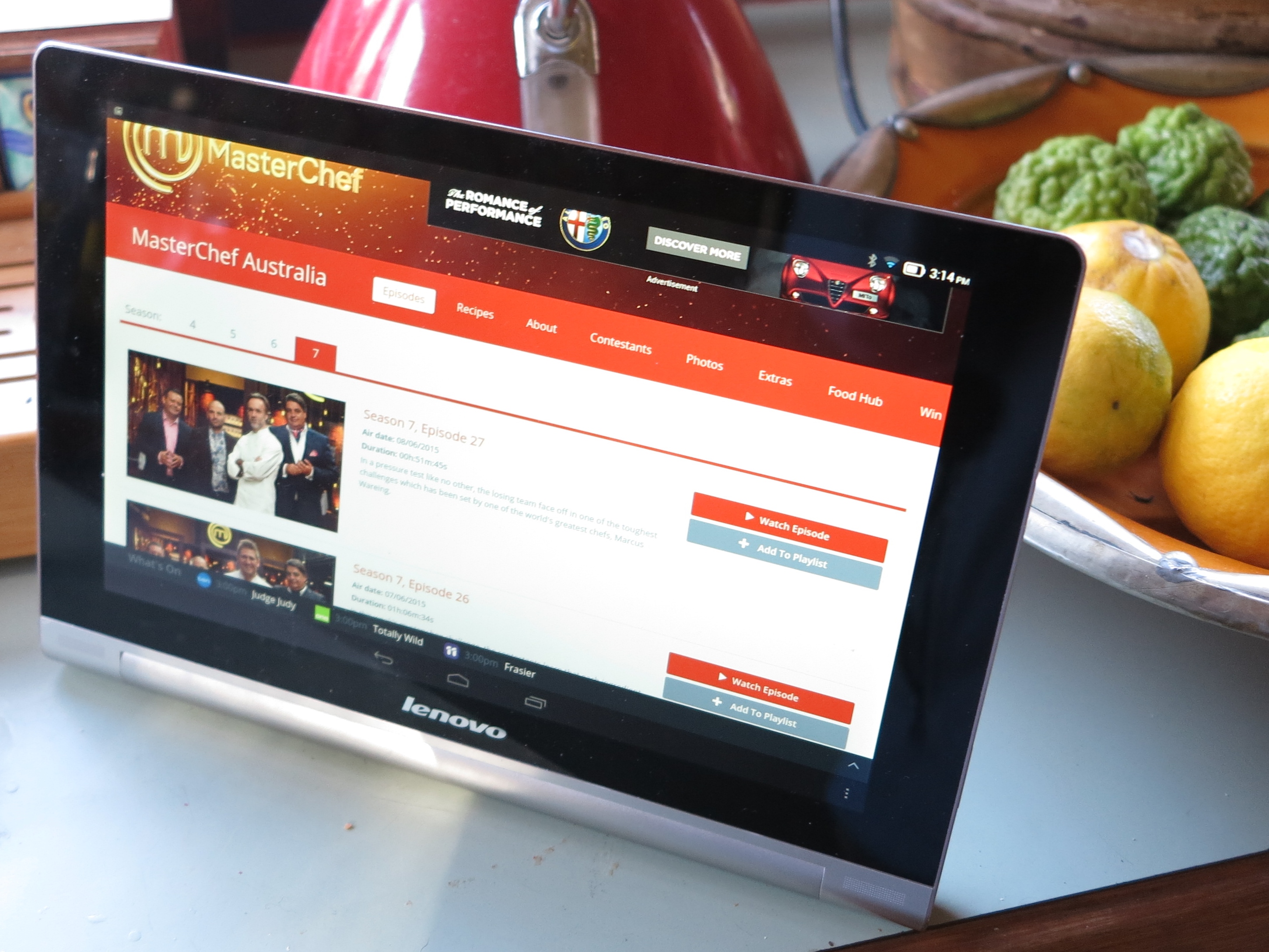When the idea of MP3s came along and there weren’t much in the way of online “download-to-own” music stores as a legitimate online music source, the way to build your online music source was to buy CDs and “rip” them to your hard disk.
What was this, you may ask? Here, you use a music management program like iTunes or Windows Media Player to copy the digital audio from your CDs to your computer’s hard disk and make each track its own audio file based on a certain standard. Such programs work with one or more music-metadata sources like Gracenote, AllMusic or FreeDB to obtain the details about the album and who performed on it to identify each of the recordings.Then we play the music from the computer’s hard disk using the music management program. For portable enjoyment, you would “sync” albums, playlists or tracks out to your portable MP3 player or smartphone, or to removable storage like an SD card or USB memory stick.
I would personally “rip” my CD collection to 192kbps WMA files which have been considered efficient yet able to come across at a quality equivalent to the 320kbps MP3 file. The WMA and AAC files use proprietary algorithms developed by Microsoft and Dolby respecitively to produce a better-sounding audio file compared to a similarly-sized MP3 file.
Now with iTunes and Amazon on the scene and an increasing number of record companies offering access to MP3s of their albums when you purchase them on vinyl, we are seeing less importance in buying music on CD. I do still continue to buy most of my music on CD and rip it to the hard disk. I would use iTunes for purchasing music “as a single” or if it isn’t available on CD.
I retain my CD collection for a few reasons. For example, I could play CDs on hi-fi equipment which, in a lot of cases with the good stuff, sounds better than what I would be using for MP3 playback. Another reason that has come to mind with FLAC and similar high-grade audio files and high-grade network-capable audio equipment coming to the fore is the ability to “re-rip” the CDs to better-sounding FLAC using a media management program that works to this standard like dbPoweramp or Exact Audio Copy. Microsoft Windows 10 even offers the ability to rip CDs to FLAC as an “out-of-the-box” feature and I have taken advantage of this feature with newly-purchased CDs and some of the older discs.
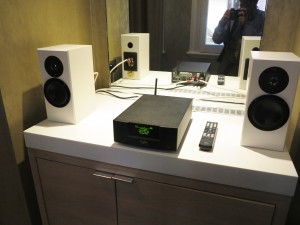
“Re-ripping” to FLAC allows systems like the Naim UnitiQute 2 that handle high-quality file-based audio to perform at their best
I could then subsequently use the media manager to downconvert selected material to MP3, WMA or AAC for transfer to most portable equipment when taking it on the road or copy the music to a NAS with a DLNA media server that streams to the good equipment or downconverts and streams to equipment not capable of FLAC sound files.
Being able to keep using CDs as a music medium will still be important to me because of the ability to play them through good-quality equipment along with being able to reuse them as sources for high-quality file-based audio.

